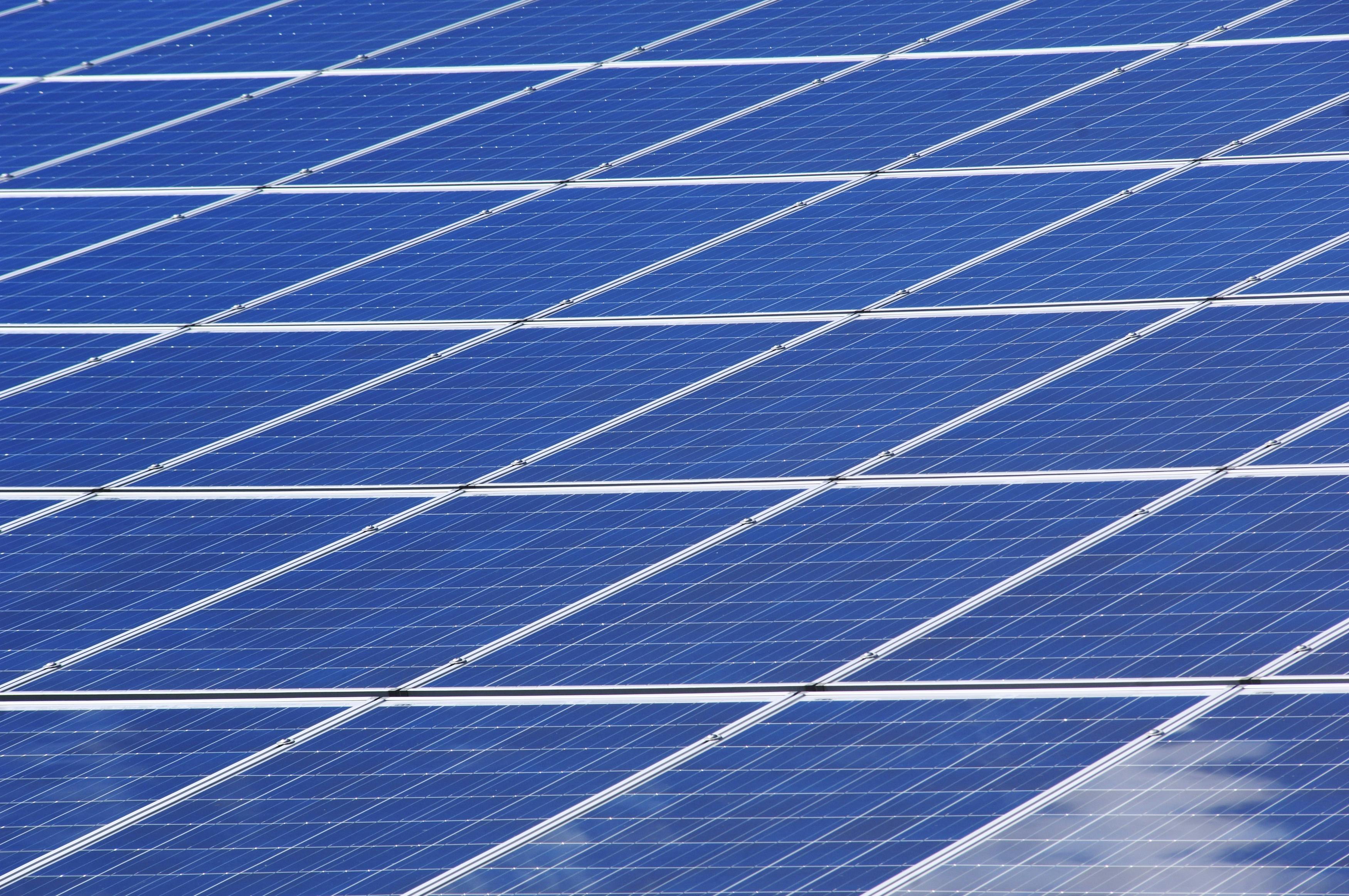How much will a 10 kW home battery cost in the United Kingdom in 2025?
Home battery storage systems are becoming increasingly popular across the United Kingdom as homeowners seek energy independence and reduced electricity bills. A 10 kW battery system represents a substantial investment in home energy storage, capable of powering essential household appliances during outages and storing excess solar energy for later use. Understanding the costs involved in 2025 requires examining current market trends, technology developments, and various factors that influence pricing in the UK energy storage market.

The home battery storage market in the United Kingdom continues to evolve rapidly, with 10 kW systems representing a popular choice for medium to large households. These systems offer significant storage capacity, typically providing 8-12 hours of backup power for essential appliances or storing substantial amounts of solar energy generated during peak sunlight hours.
How much will 10 kW home batteries cost in 2025?
Battery costs in the UK market are influenced by several factors including technology type, installation complexity, and government incentives. Lithium-ion batteries dominate the residential market due to their efficiency and declining costs. Current projections suggest that 10 kW systems will range from £8,000 to £15,000 including installation, representing a decrease from 2024 prices as manufacturing scales up and competition increases.
The total cost encompasses the battery unit itself, inverter systems, installation labour, and necessary electrical upgrades. Premium brands with longer warranties typically command higher prices, while newer market entrants offer competitive alternatives. Installation costs vary significantly depending on property type, existing electrical infrastructure, and local labour rates across different UK regions.
How are 10 kW solar energy storage systems applied?
Solar energy storage applications extend beyond simple backup power, offering sophisticated energy management capabilities. These systems automatically store excess solar generation during daylight hours, releasing stored energy during evening peak demand periods when electricity rates are highest. Smart inverters optimize energy flow between solar panels, batteries, and the grid, maximizing financial returns through time-of-use tariff optimization.
Modern 10 kW systems integrate with home energy management platforms, allowing remote monitoring and control through smartphone applications. Advanced features include weather forecasting integration, which pre-charges batteries before anticipated cloudy periods, and grid services participation where homeowners can sell stored energy back to the grid during high-demand periods.
What are the costs of solar panels with battery storage?
Combining solar panels with battery storage creates a comprehensive energy system but requires careful cost analysis. A typical residential solar installation ranges from £4,000 to £8,000 for a 4-6 kW system, while adding a 10 kW battery increases total investment to £12,000-£23,000. However, integrated systems often benefit from economies of scale and simplified installation processes.
Government incentives significantly impact overall costs. The Smart Export Guarantee allows homeowners to sell excess energy, while VAT reductions on renewable energy systems provide additional savings. Regional variations exist, with Scotland and Wales offering additional support schemes that can reduce net costs by 10-20%.
| Provider | System Type | Cost Estimation |
|---|---|---|
| Tesla Powerwall | 13.5 kWh Lithium-ion | £9,500-£12,000 |
| Enphase IQ Battery | 10.08 kWh Modular | £8,000-£11,500 |
| LG Chem RESU | 9.8 kWh Lithium-ion | £7,500-£10,500 |
| Sonnen eco | 10 kWh Intelligent | £11,000-£14,000 |
| Pylontech US3000C | 10.5 kWh Stackable | £6,500-£9,000 |
Prices, rates, or cost estimates mentioned in this article are based on the latest available information but may change over time. Independent research is advised before making financial decisions.
Market dynamics continue shifting as battery technology improves and costs decline. Lithium iron phosphate batteries are gaining popularity due to improved safety profiles and longer lifespans, though they currently command premium pricing. Competition from Chinese manufacturers is driving down costs while European and American companies focus on premium features and extended warranties.
Installation considerations significantly impact total project costs. Properties requiring electrical panel upgrades, additional wiring, or structural modifications for battery placement face higher expenses. Conversely, new-build homes or properties with existing solar installations often benefit from reduced installation complexity and lower labour costs.
The UK battery storage market benefits from supportive regulatory frameworks and growing consumer awareness of energy independence benefits. As electricity prices remain volatile and grid reliability concerns persist, 10 kW home battery systems represent an increasingly attractive investment for UK homeowners seeking long-term energy security and potential cost savings.




